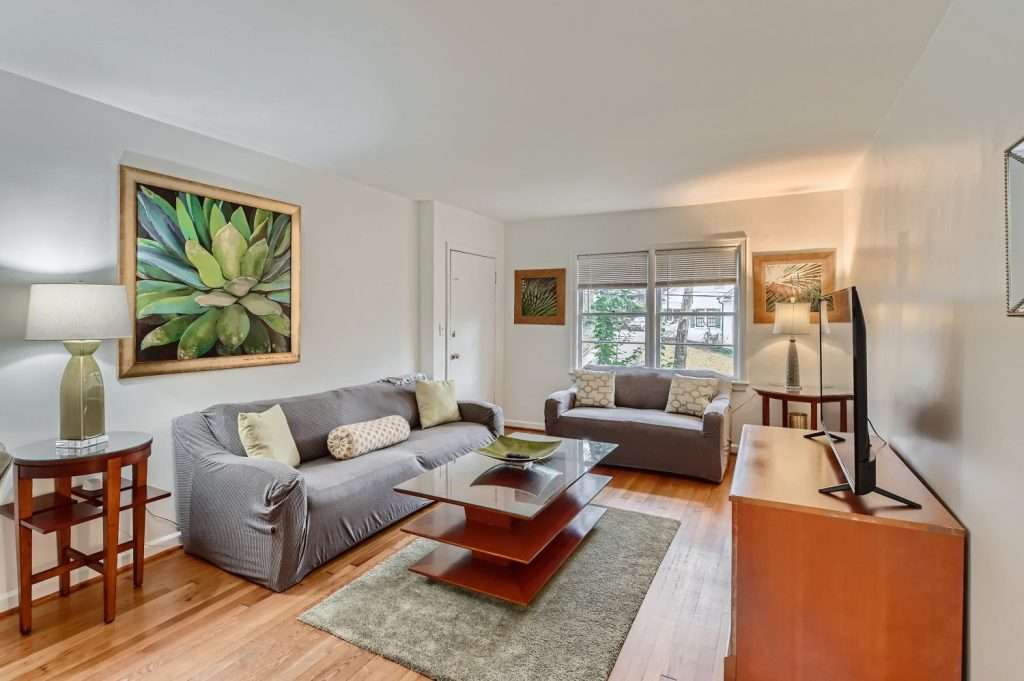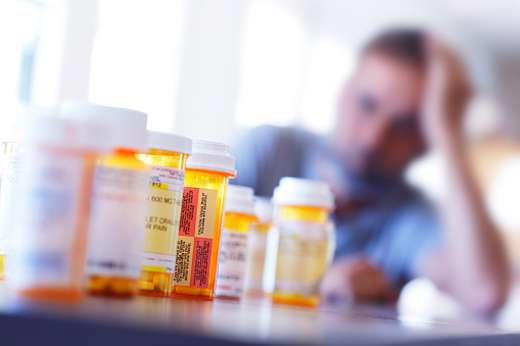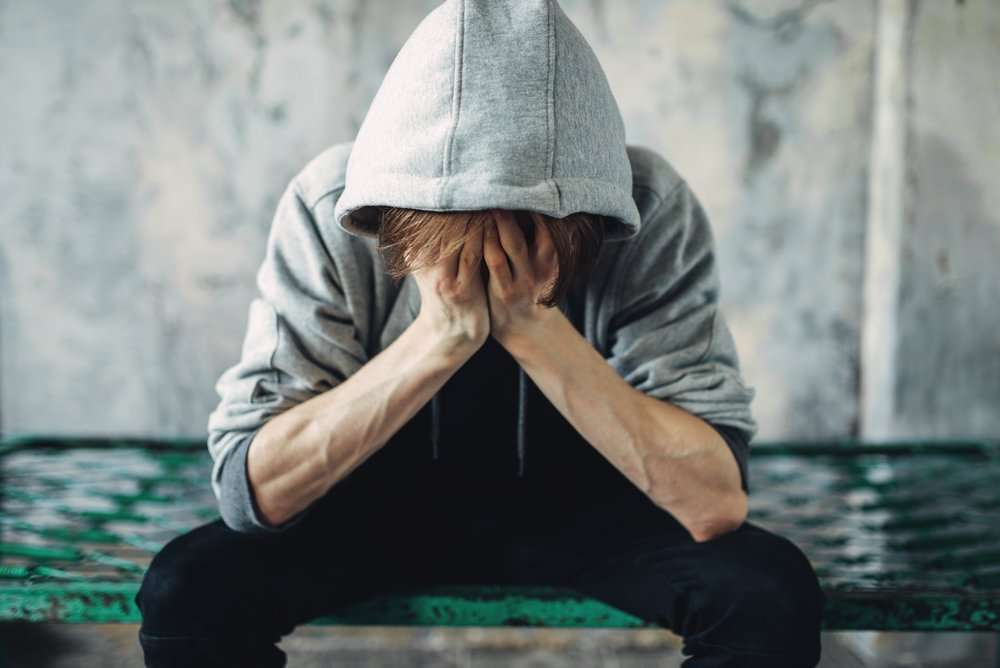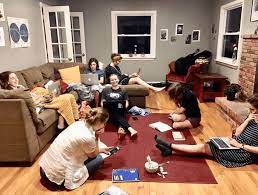How Much Does Sober Living Cost?

Have you heard of sober living homes but don’t know much about them? One of the first questions people ask is “How much does sober living cost?” In many cases, it’s comparable to what a person would pay for a similar home or apartment in the same type of attractive neighborhood. Along with that, many […]
Sober Living Daily Schedule: What Happens During Sober Living?

Are you ready to tackle your addiction to drugs and alcohol but aren’t sure where to start? Maybe you’ve committed to a detox or inpatient plan but want follow-up care that keeps you focused on knowing how to avoid relapse. If so, a sober living house may be what you need. The idea of living […]
How Does Vivitrol Work for Alcohol?

Once a person descends into alcoholism, it can seem nearly impossible to find their way out. Fortunately, the right rehab program can provide answers they may not know about, including Vivitrol. How does Vivitrol work for alcohol addiction? It is used to help prevent a person in recovery from alcoholism from experiencing the typical effects […]
Georgia Substance Abuse Statistics and Drug Use

For over a decade now, the entire United States has experienced some of the worst drug abuse in its history. In 2011, the Centers for Disease Control and Prevention (CDC) declared the abuse of and addiction to opioids as being a “pandemic.” Today, that same pandemic is occurring, only now it has reached even more […]
What is a Vivitrol Shot and How Does It Work?

Opioid addiction affects roughly 15 million people worldwide. This number does not take into account the millions of friends, family, and loved ones who experience significant impacts from this disease, too. When opioid addiction is occurring within a person’s life, everyone and everything around them can suffer tremendously. The same goes for those who are […]
How to Find A Local Sober Living Home

When you have completed an addiction treatment program via a residential program, an intensive outpatient program, or any other level of care, it does not mean that your work is done. Learning how to live sober is a lifelong process and it can take a great deal of effort. Luckily, as time passes, navigating sobriety […]
How Can I Tell If My Son is Using Drugs?

For many families, drug abuse is impacting their young adult children on a number of troubling levels. Studies show that males are more likely than females to use illicit drugs (such as opioids, meth, cocaine, etc.), so if you are a parent of a young adult son, you might be concerned that they will go […]
Who Pays For A Halfway House?

Halfway houses are an important bridge in reaching the goal of healthy sober living in the real world. Treatment, the first step towards recovery is typically covered completely or in part by most insurance plans. Intensive medical and psychological treatment involving professionals to care for the addict are acceptable expenses for insurance companies to reimburse. […]
PHP vs IOP: What’s The Difference?

PHP stands for Partial Hospitalization Program. This type of addiction program is more intense than an IOP (Intensive Outpatient Program), but less so than a full inpatient or residential treatment program. Compared to IOP (individual outpatient program), partial hospitalization requires more weekly visits and sessions. Here is more insight into PHP vs IOP. Learn what […]
What’s A Halfway House and What Is It Like?

Halfway houses are a safe place to transition from treatment back into society. They can be a place where memories are made and an empowered life begins. They have helped a lot of people over the years fit back into a healthy lifestyle, free from drug and alcohol use. They are also a place friendships […]


